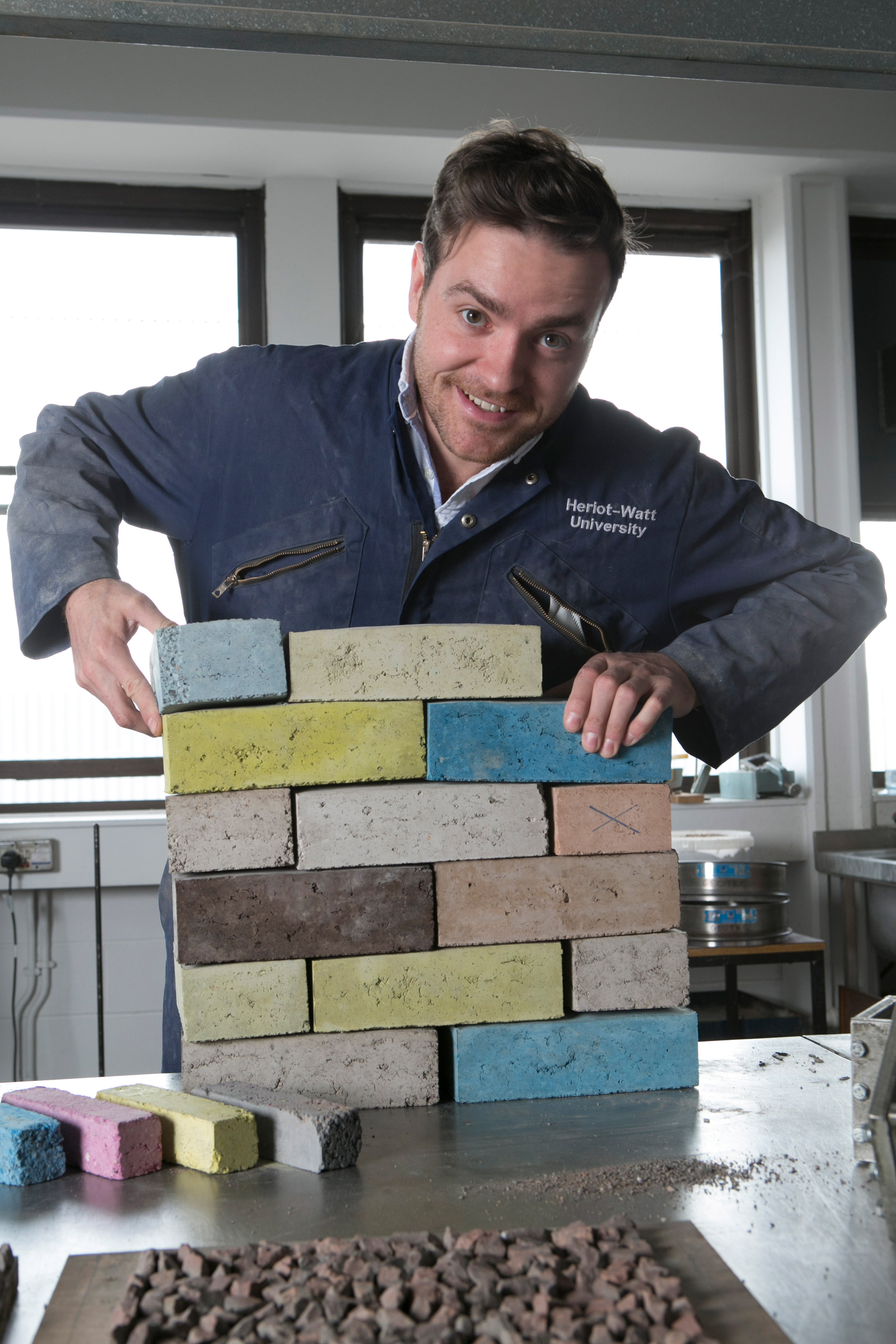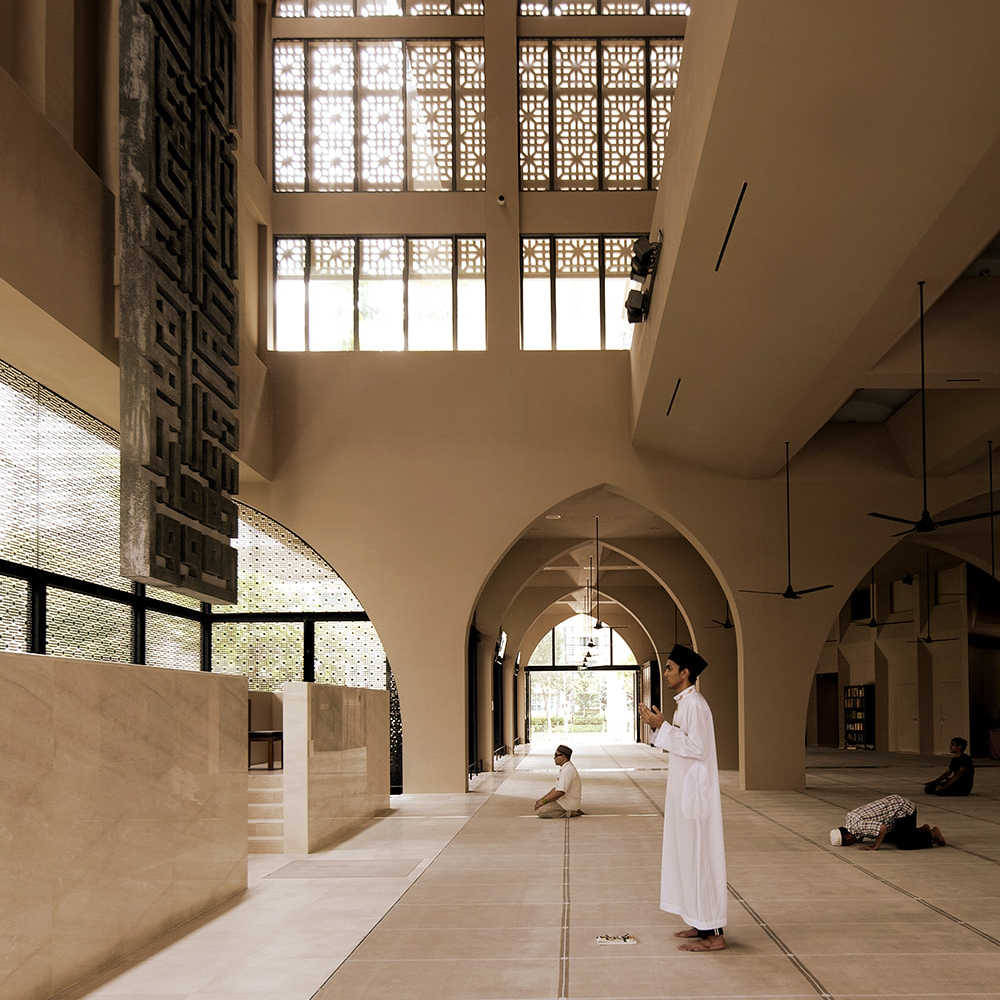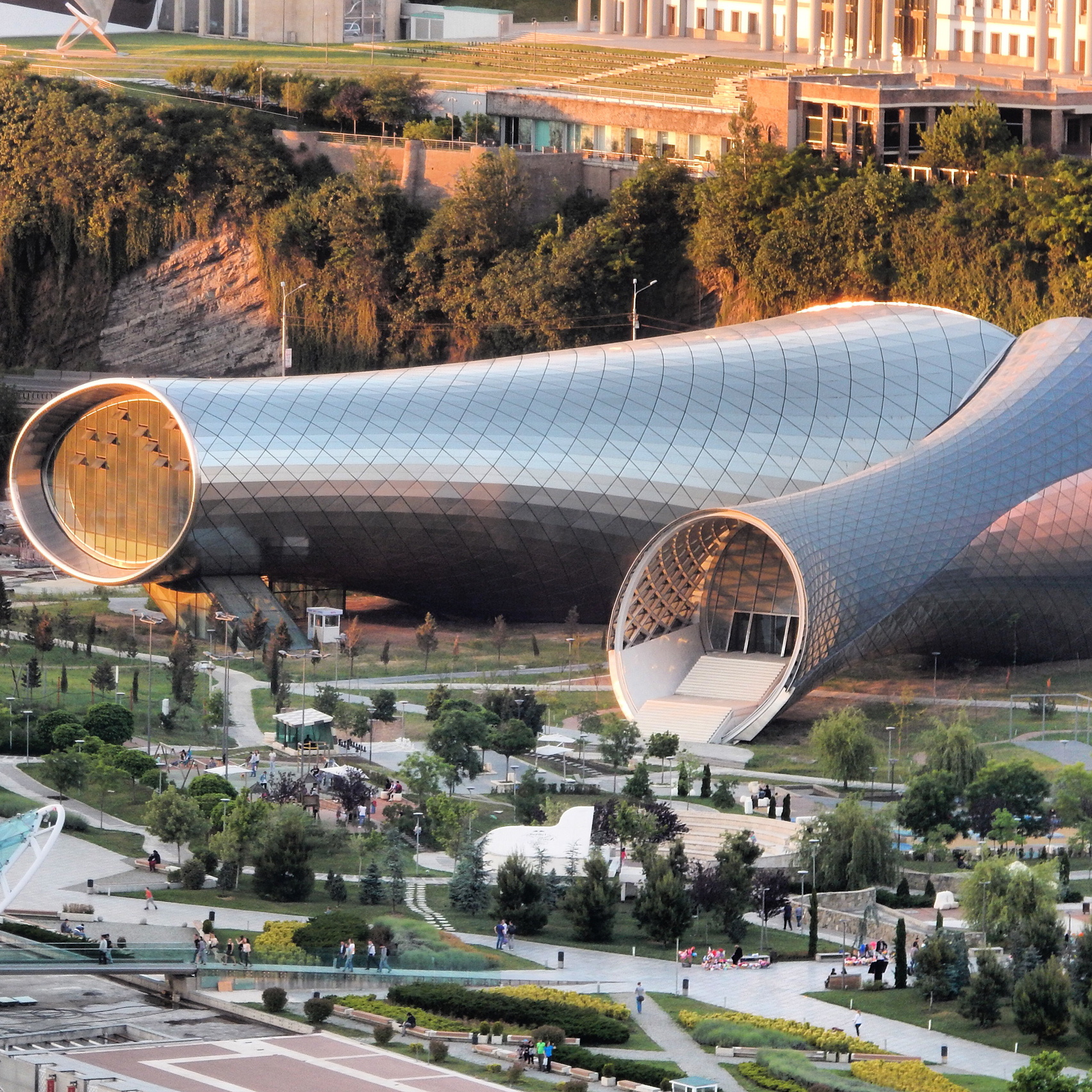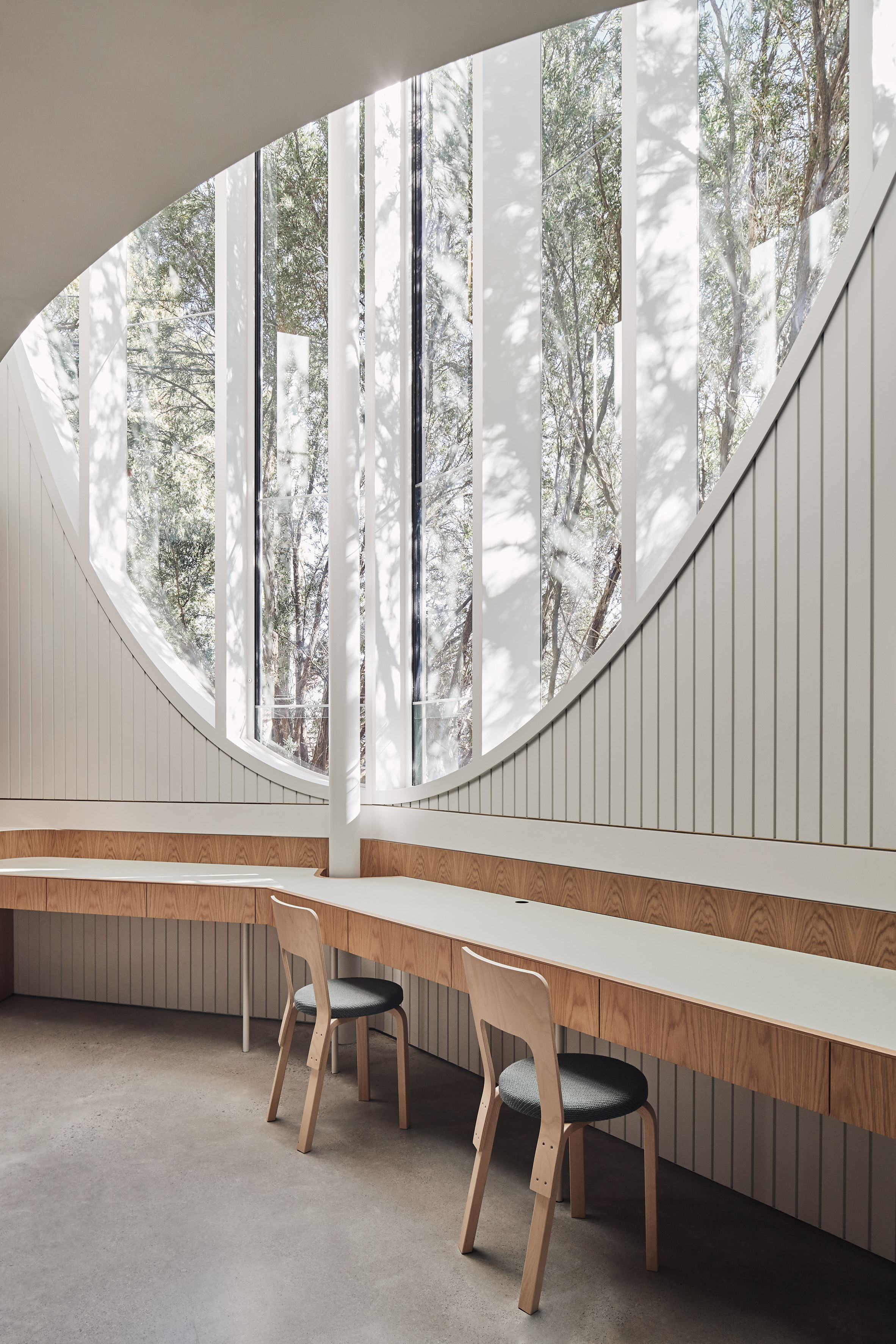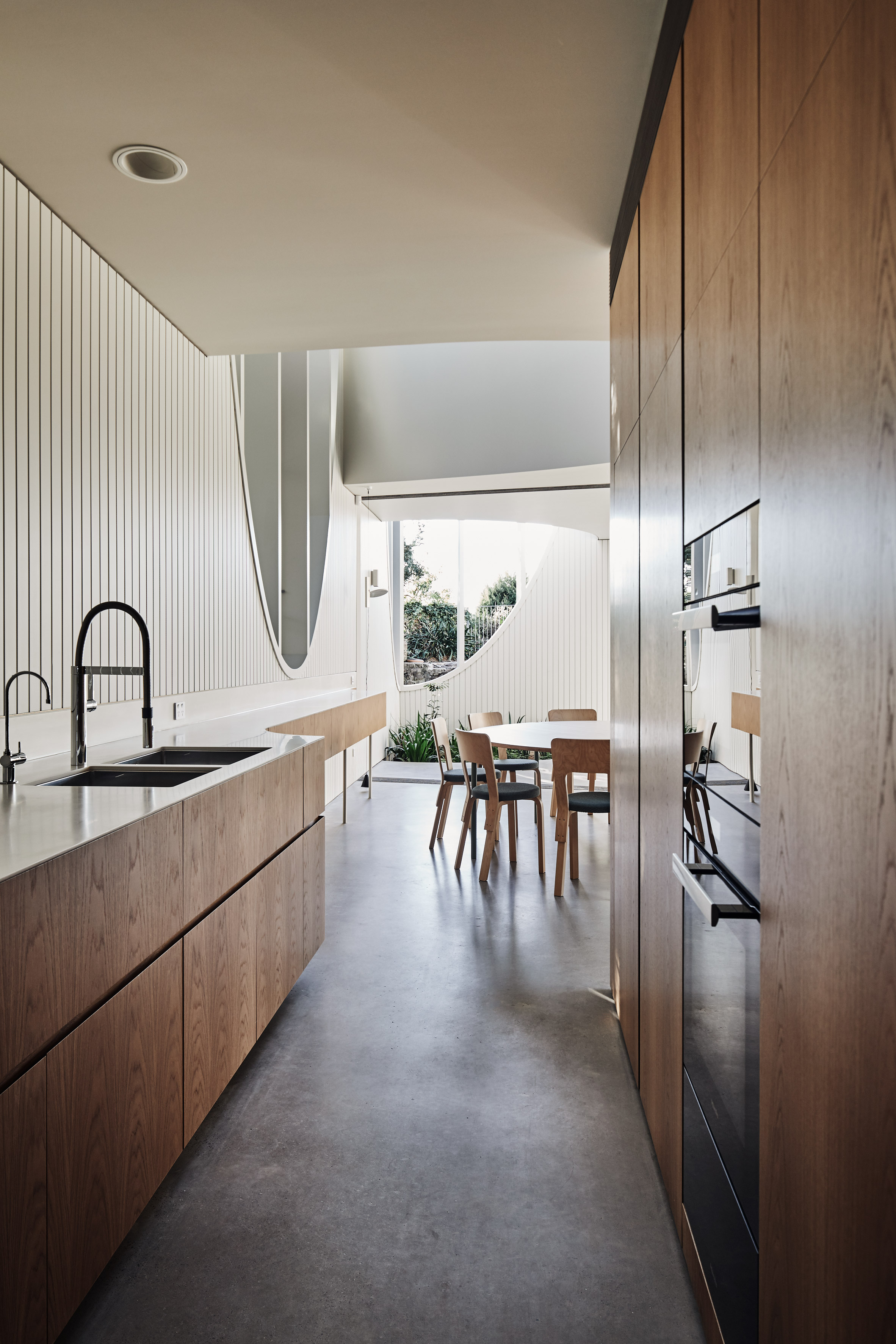
Fashion designer Iris van Herpen explains how experimentation in haute couture can drive innovation in the fashion industry in this exclusive video interview filmed by Dezeen.
The Dutch fashion designer told Dezeen that haute couture can be a good platform to develop new materials and techniques for the ready-to-wear industry, in an interview filmed at Van Herpen's atelier in Amsterdam.
"Couture is actually a really strong platform for developing new techniques and materials that can be translated into the larger industries," stated Van Herpen.

Haute couture refers to a particular branch of the fashion industry that only produces custom-made pieces on request from private clients.
Van Herpen describes haute couture as "the art of fashion", as its garments often have a grander appearance than their ready-to-wear counterparts.
"Haute couture has a really beautiful tradition of centuries of craftsmanship," she said. "I think the focus on innovation has been less apparent for the last few decades, maybe because the industry was just small but it's actually growing again."

Van Herpen is known for her experimental approach to haute couture, creating delicate and sculptural garments using unusual materials such as silicone, metal lace, liquid fabrics, glass and mirrors, and applying techniques such as laser cutting, digital printing and 3D printing.
She uses materials not commonly found in a haute couturier's atelier in order to break away from traditional rules of garment making.
"By really creating the materials, you change the way the rules apply to making the garment," she said. "It's really a balance between having the right technique and the right material together and when you find that perfect combination, it becomes freedom."

For her Fall 2013 Wilderness Embodied collection Van Herpen collaborated with Dutch designer Jólan van der Wiel on a series of magnetic dresses made from resin mixed with iron fillings.
"We literally held the magnets by hand and you can shape the texture as you go, so it's almost like dancing with a fabric," Van Herpen explained.
Her creative process is primarily based in developing a material that will define the form a collection will take.

"For a very long time in the collection process, we have no view on the final result yet, which I really like," said Van Herpen.
Material development is often in collaboration with other disciplines such as architecture, art, music and dance. She has cultivated long-standing collaborations with creatives such as architect Philip Beesley, design duo Studio Drift, artist Anthony Howe, designer Neri Oxman, musician Björk and choreographer Sasha Waltz.
"There is so much within fashion that is unexplored and there is so much strength in collaboration."
With a background in classical ballet, Van Herpen's collections has a particular focus on the bodies movement in relation to a garment.
"We focus on the body but also try to get away from it and try to explore the space around the body," she said.

Her garments often use visual trickery to create the effect of an optical illusion, as in the case of her Spring 2017 collection where Van Herpen presented gowns made from Mylar fabric cut so finely it created rippling patterns that expand and contract with the body's movement.
Influenced by nature, her collections are biomimetic in approach, such as her Fall 2018 collection where she collaborated with Studio Drift to emulate the motion of a birds wing in movement, 0r her most recent Spring 2020 collection which drew upon the central nervous systems of deep sea organisms.
"Nature is really a big part of my work. I like creating my own versions of it to try to translate the logic behind a system that works so perfectly," she explained.

This is the first in a series of video interviews Dezeen conducted with Van Herpen.
She recently applied her signature style to a large scale architecture project, where she wrapped the Naturalis Biodiversity Center by Neutelings Riedijk Architects in delicate concrete tiles.
Her previous collections have explored human-animal hybrids, explored the contrasts between water and air, and used a robot to print and weave a dress over a model during her runway show.
The post "Couture is actually a really strong platform for developing new techniques" says Iris van Herpen appeared first on Dezeen.
from Dezeen https://ift.tt/3akZ5ml







